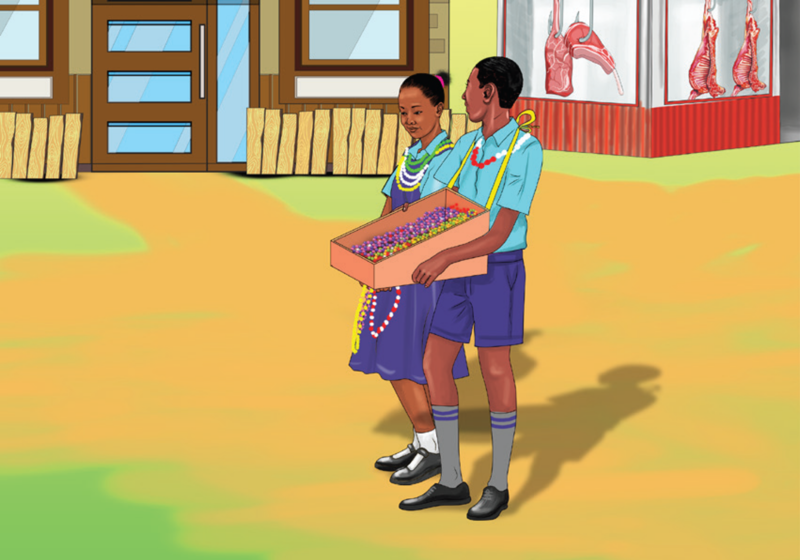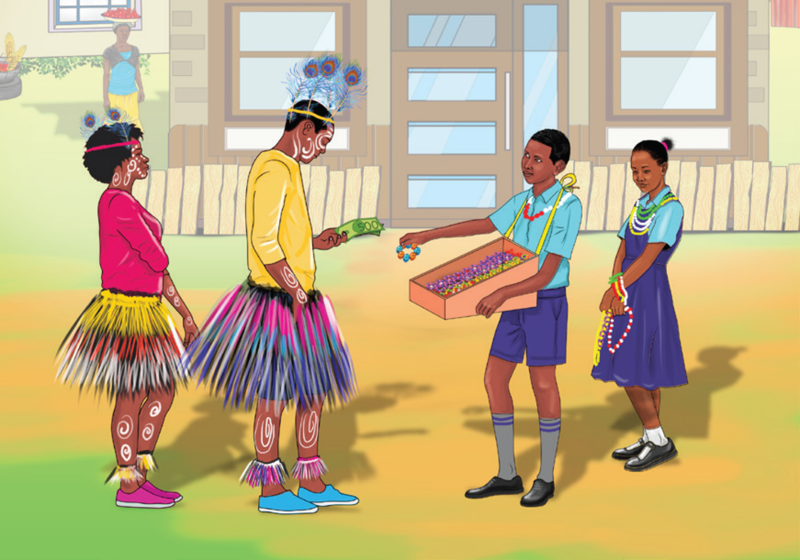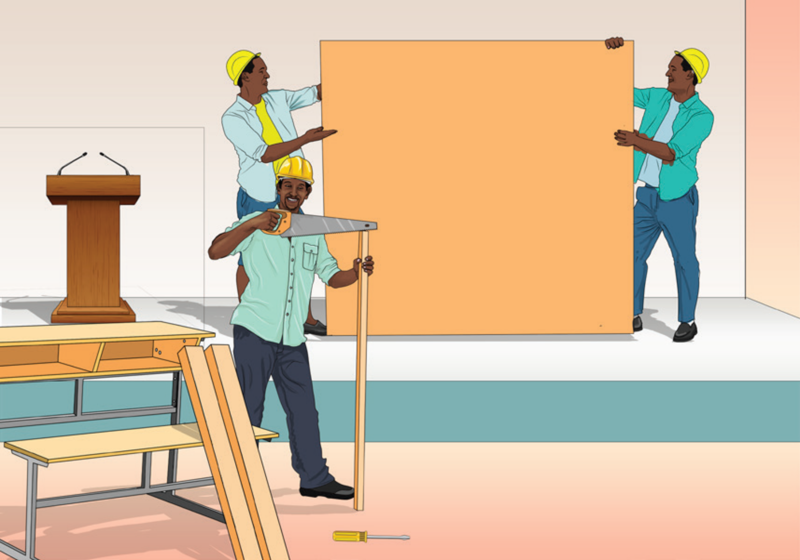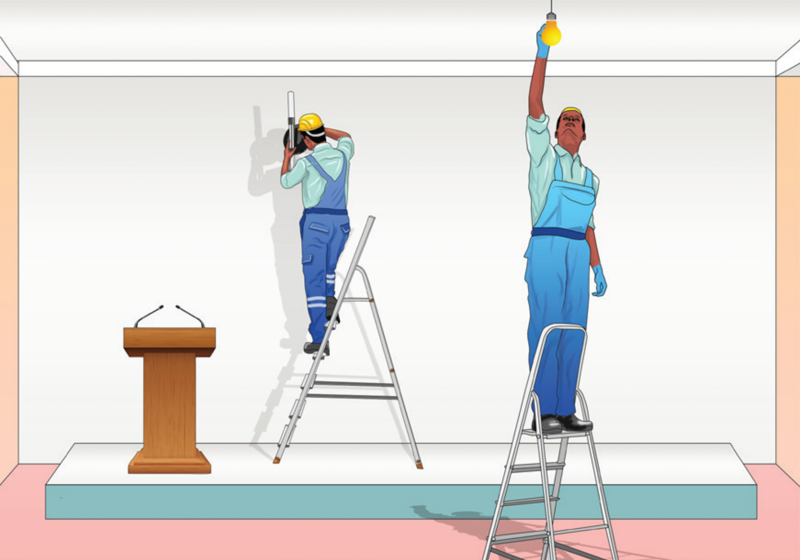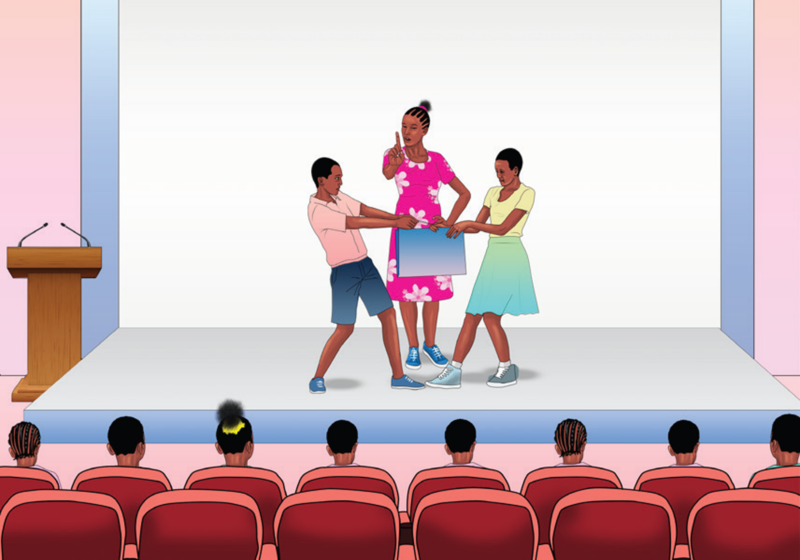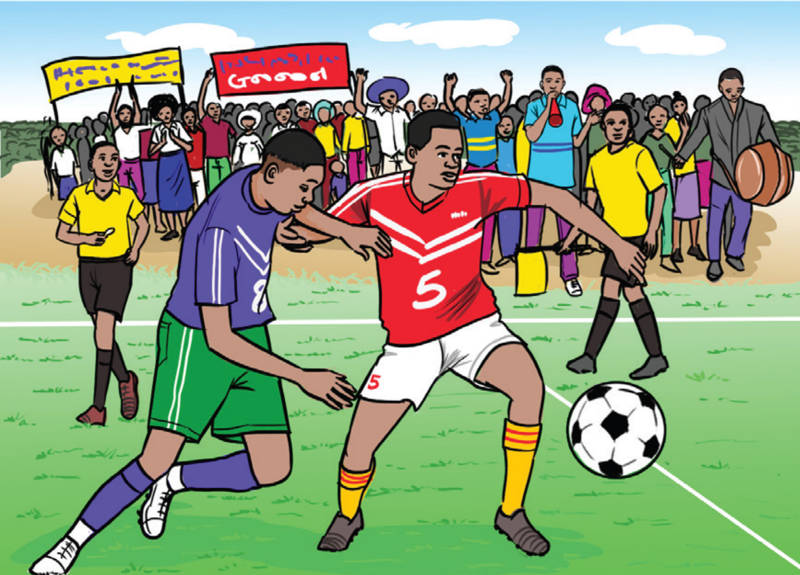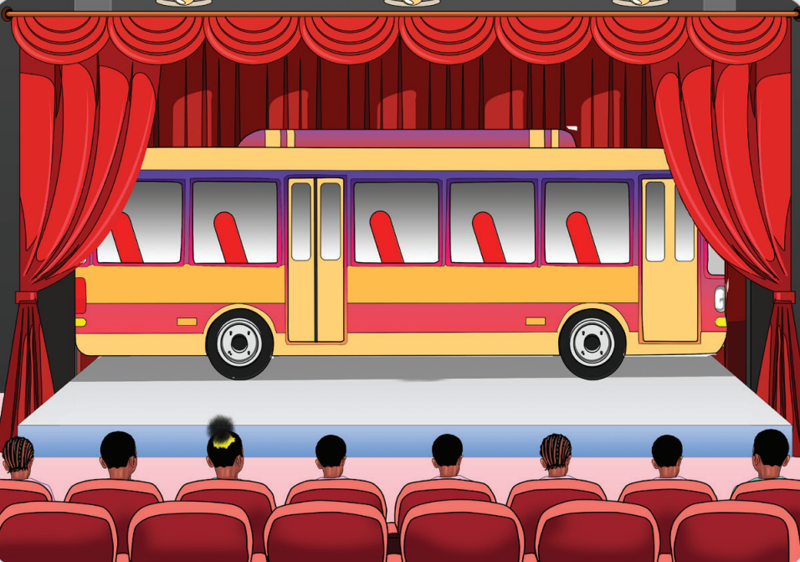Learning Areas that Relate to Performing Arts
Think about it, talk about it
How can learning areas related to Performing Arts be identified?
Let us explore learning areas that are related to Performing Arts
It is important to remember that Performing Arts are artistic expressions that are performed before an audience. They are presentations by individuals or groups of artistes for an audience. The performances help artistes express themselves, entertain and also educate the public.
They are known as arts because they are creative expressions that are crafted through imagination. The Arts are usually created and performed for an audience. This makes them different from the other arts.
Performing Arts is composed and performed with an audience in mind, whether performed live or recorded.
Performing Arts is an important part of culture. Consequently, there are many learning areas related to them.
The following are some of the learning areas related to Performing Arts.
- Languages
- Visual Arts
- Social Studies
- Business Studies
- Integrated Science
- Mathematics
- Physical Education and Sports
- Computer Science
Activity 2: In groups
- Hold a round table discussion on the meaning of Performing Arts.
- Identify the learning areas that are related to Performing Arts.
- Report your findings to the rest of the class.
Activity 3: Whole Class
Watch live or recorded performances of any genres of Performing Arts.
- Identify the learning areas related to the performances you have watched.
- Describe how each learning area you have identified supports the Performing Arts.
Performance Task 1
In groups
You are required to present a five‑minute performance of any genre of Performing Arts during a prize‑giving day in your school.
Identify learning areas that would support your performance.
Out of Class Activity
- Use a digital device or print media to find out how other learning areas relate to Performing Arts.
- Make a table showing how other learning areas support Performing Arts.
- Share your findings with the class for peer review.
Relationship between Performing Arts and other learning areas
Activity 1: In groups
- With the guidance of the teacher, perform a song, poem, dance or any other Performing Arts item to the class.
- Discuss how the performance you have presented interrelates with other learning areas.
- How did you use the other learning areas to support the performance?
Think about it, talk about it
What is the link between Performing Arts and other learning areas?
Let us explore the relationship between Performing Arts and other learning areas
Languages
Performing Arts rely on language as a medium of delivery and communication of the intended messages.
Most Performing Arts like drama, poetry and public speaking, are expressed using words. For example, the dialogue between characters in a play relies heavily on words while oral poetry is about choosing the best words and arranging them in the best order.
Conflicts and emotions in dramatic compositions meant for performance before an audience are expressed through language. Some of the examples of the languages include: indigenous African languages, Kiswahili, English, French, Spanish, German and Mandarin.
The languages are also supported by Performing Arts since the performers are provided with an avenue to practise the language, thus improving their proficiency.
Literature
Literature is one of the components of language. It consists of any collection of oral or written works considered to be artistic in form. For example, prose, drama, poetry and oral literature.
Literature consists of imaginative or creative oral or written works of recognised artistic value. This makes it useful in the scripting and composing of Performing Arts pieces.
Students learn new words, correct sentence patterns and story structures by listening to, watching or reading literary texts, thus developing listening and writing skills. Those writing skills are very useful in creating scripts for Performing Arts genres like stage plays, screenplays and poetry. Literature also orients students to the writer’s styles of writing and presentation. Those styles are known as literary devices. Examples of literacy devices include, repetition, imagery, exaggeration and symbolism. These stylistic devices make the language used in a performance interesting and effective in communicating the intended message.
Performing Arts supports literature by providing an avenue for written works to be performed before a public audience.
Physical Education and Sports
Physical Education and Sports support the Performing Arts by providing a model for muscular development skills. Performing Arts use physical exercises like stretches, press‑ups, sit‑ups, jumps and vocal exercises to prepare the body and voice for performance. These exercises are also used to relax the performer’s muscles before going on stage. Dance, for instance, is achieved through body movement, steps, body awareness, coordination, balance and alignment which are elements of Physical Education and Sports. On the other hand, some coaches of games like basketball and football use dance and music skills in training their teams.
Figure 2: Performing Arts, Physical Education and Sports
Activity 2: In groups
Watch a live or recorded performance of a short play or choral music
- Discuss how the language and literary style relate with performing Arts in the performance.
- Do a presentation to the class.
Computer Science
Software that is developed in Computer Science is used in music and dance production. Film production, which deals with motion pictures, relies heavily on skills from Computer Science. The social media platforms where Performing Arts are viewed or listened to are a product of Computer Science.
Visual Arts
Visual Arts assist Performing Arts in expressing the mood through seeing. The language in most Performing Arts items is meant to create mental pictures in the audience’s mind. This is enhanced by Visual Arts, which produce images of emotion and conflict.
Additionally, the Visual Arts help create the scenery for stage plays, music and dance performances. Therefore, the décor used in Performing Arts requires skills in Visual Arts.
Integrated Science
Skills in dance such as balance and co‑ordination require knowledge on how different parts of the body work and the knowledge on the muscular system. This information is gotten from studying Integrated Science. Likewise, the use of sound and lighting during performance is also obtained from Integrated Science.
Health Education
Performers need to adhere to proper nutrition, hydration and personal hygiene practices to be healthy enough to perform.
Social Studies
Social Studies help scriptwriters and composers to identify locations for filming. Understanding of environmental issues and conflicts between human beings and nature will also be useful for scriptwriters and performers. Knowledge of historical periods helps dance choreographers train their troupes in appropriate dance techniques of various historical periods.
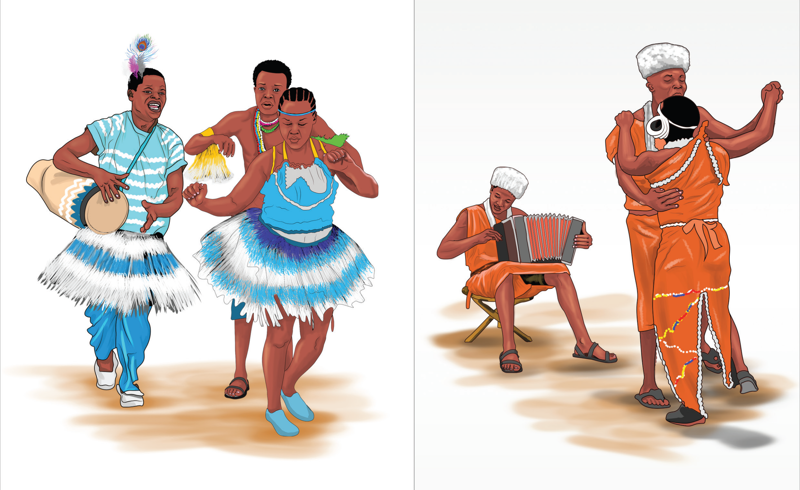
Business Studies
Performing Arts is also used for income generation. Therefore, knowledge and skills in the running of a businesses attained in Business Studies are helpful.
Diagram showing the relationship between Performing Arts and other learning areas.
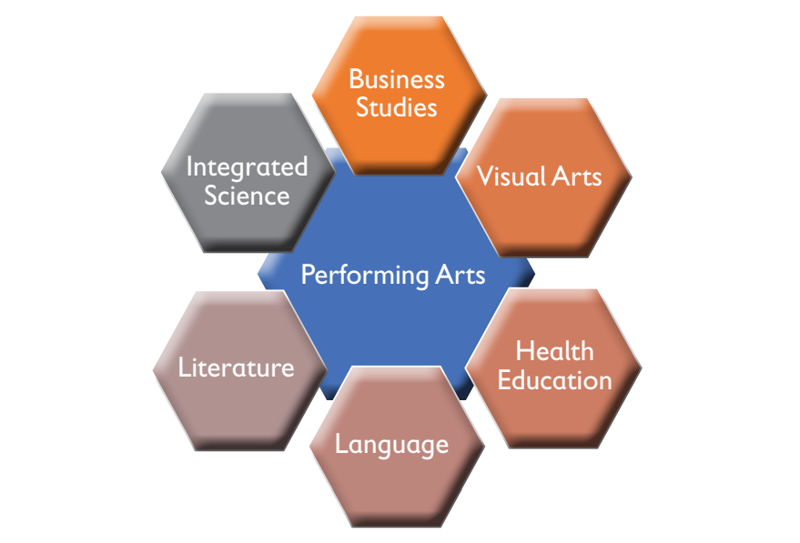
Figure 4: Relationship between Performing Arts and other learning areas
From the diagram, it is clear that the other learning areas are interrelated with Performing Arts.
Performance Task 2
In groups
- Perform one scene of a short play to the class.
- Explain to the class the learning areas that are interrelated to the performance you have made.
- Draw a table showing the learning areas and their relationship with Performing Arts.
Out of Class Activity
- Collect picture cut‑outs on learning areas that relate to Performing Arts.
- Stick them on a display board according to the relationships to a Performing Arts discipline.
- Use different colours for each learning area.

